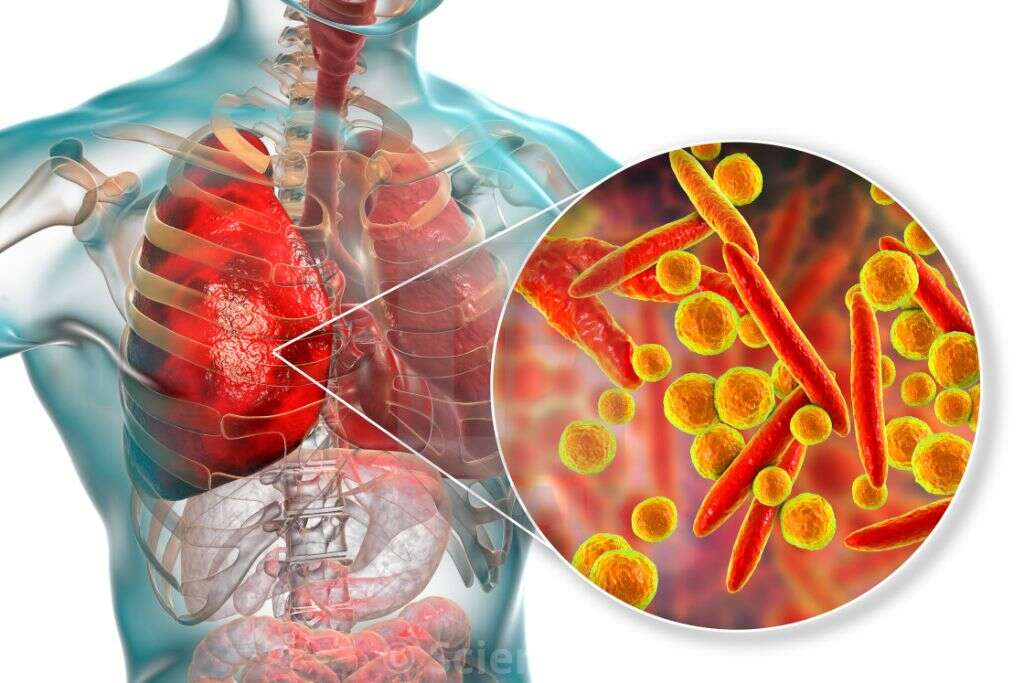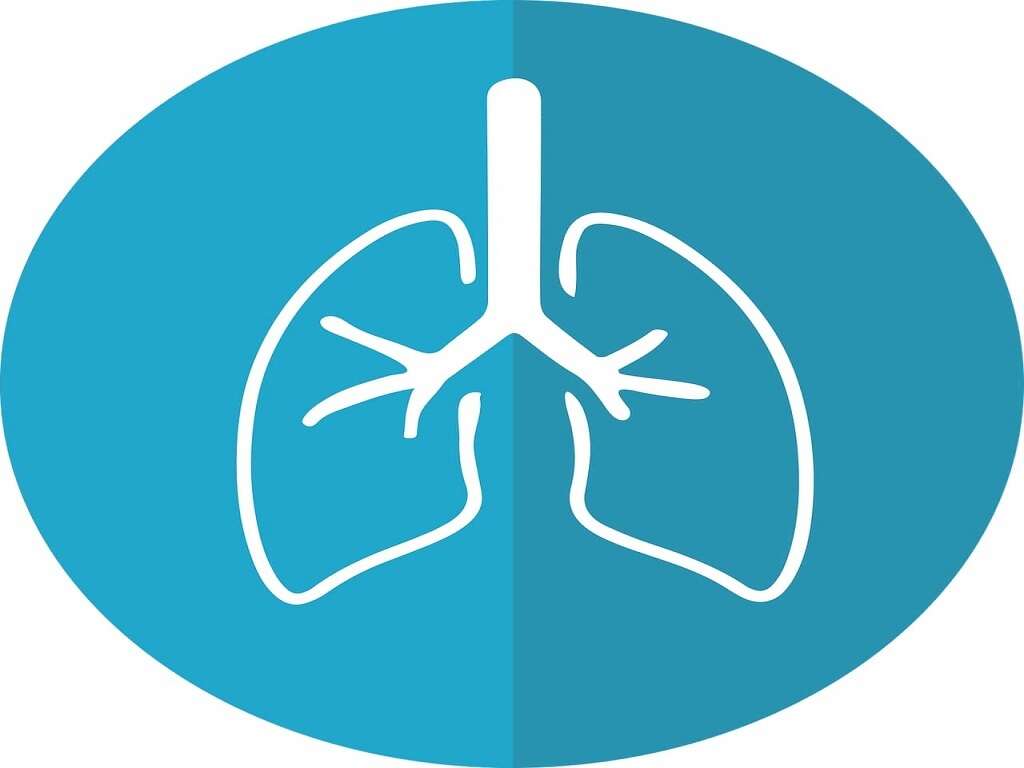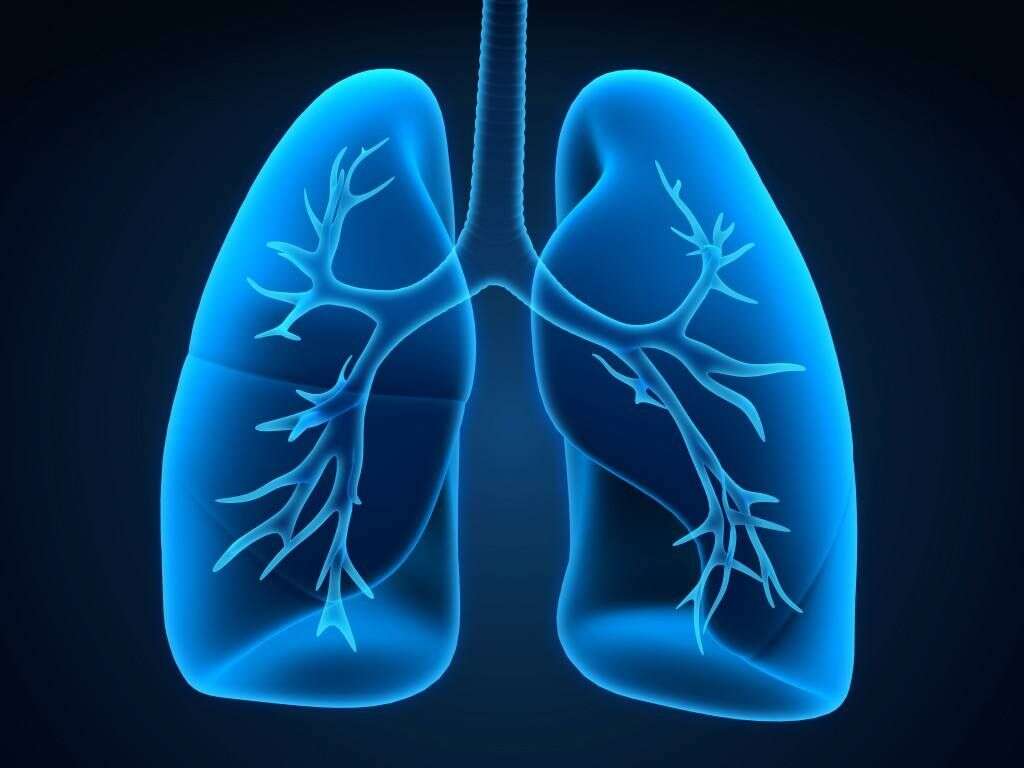What Is Walking Pneumonia?
Walking pneumonia is also known as atypical pneumonia. It is known as atypical pneumonia as it is not a typical pneumonia as it is not caused by pathogens that usually cause the disease. Atypical pneumonia can be caused by a variety of microorganisms.
The term “atypical pneumonia” was introduced in the 1930s and contrasted with the most commonly known form of bacterial pneumonia caused by Streptococcus pneumoniae. Due to this distinction, it differentiates those likely to present with typical symptoms and atypical symptoms.

1. Terminology
As briefly mentioned previously, the term “atypical pneumonia” is due to the fact that it is caused by organisms that do not commonly cause pneumonia. Atypical organisms can include bacteria, viruses, fungi, and protozoa. Atypical pneumonia also results in atypical symptoms. The term is sometimes contrasted (incorrectly) with viral and bacterial pneumonia.
Many organisms causing atypical pneumonia are unusual bacteria. For example, Chlamydias are intracellular bacteria while Mycoplasma does not have a cell wall. The identification of the responsible pathogen is important as various agents have different disease courses, progression, and respond to different treatments. It is known as walking pneumonia as most patients are well enough to still walk around and go on with their daily routines.

2. Signs and Symptoms
Atypical pneumonia generally causes atypical symptoms. It includes the absence of leukocytosis (absence of elevated white blood cells), lack of alveolar exudate, no response to common antibiotics such as beta-lactams and sulfonamides, absence or very little amount of sputum, presence of extrapulmonary symptoms, no signs and symptoms of lobar consolidation as the infection is restricted to a small area instead of involving the whole lobe, fever, headache, and other general symptoms associated with the upper respiratory tract.
In atypical pneumonia, there are few physical signs and the patient tends to look better than the symptoms suggest.

3. Causes
The commonest organisms that cause atypical or walking pneumonia are bacteria. This includes Chlamydophila pneumoniae that results in a mild form of pneumonia, Chlamydophila psittaci resulting in psittacosis, Coxiella burnetii resulting in Q fever, Francisella tularensis resulting in tularemia, Legionella pneumophila resulting in severe pneumonia also known as Legionnaires’ disease or legionellosis, which has a relatively high mortality rate, and Mycoplasma pneumoniae usually found in younger age groups and can be associated with systemic and neurological symptoms. It can also be caused by viruses, fungi, or protozoa.
Some of the known viruses that can cause walking pneumonia are parainfluenza virus, respiratory syncytial virus, and severe acute respiratory syndrome (SARS) virus.

4. Mycoplasma Pneumonia
Mycoplasma pneumonia is a bacterial infection that can cause atypical pneumonia. It can spread from one lung to another (for example, right lung to left lung) bilaterally. It spreads to other individuals via respiratory droplet transmission and attaches to the mucosa of the host.
Chronic infections have been associated with the development of rheumatoid arthritis and other rheumatological diseases. Due to the presence of extrapulmonary symptoms, lack of sputum production, and protracted course, it has been classified as an atypical pneumonia. Patients should be tested for cold hemagglutinin. Treatment includes using antibiotics with activity against the pathogen such as doxycycline and erythromycin.

5. Legionnaires’ Disease
Legionnaires’ disease or legionellosis is a condition caused by Legionella bacteria resulting in atypical pneumonia. The bacteria is often found in fresh water and can be found in cooling towers of large air conditioners, hot water tanks, and hot tubs.
It spreads by breathing in the airborne water droplets containing the bacteria or aspiration of contaminated water. It generally does not spread from person to person and tends to affect those with a poor immune system, chronic lung disease, older age, or smokers. Without a vaccine, the disease can be prevented by having a good maintenance of the water systems. It can be treated with antibiotics such as doxycycline, azithromycin, and fluoroquinolones. Admission is generally required.

6. Psittacosis
Psittacosis is caused by a bacteria known as Chlamydia psittaci. It generally infects birds but can sometimes infect humans resulting in a mild pneumonia. Infection in humans occur when they are exposed to infected birds that do not always show signs of disease. The excretions and respiratory secretions from infected birds dry and small dust particles containing the bacteria gets released into the air. It can also occur through beak to mouth contact or bites.
The disease does not generally spread from person to person but can occur in rare cases. Psittacosis can be difficult to diagnose as tests used to detect the bacteria may not be available readily. To detect the bacteria, collection of swabs, blood, and phlegm are required. Treatment involves the use of antibiotics.

7. Q Fever
Q fever is a condition caused by Coxiella burnetii. It affects humans and other animals. While uncommon, it can be found in domestic mammals such as cats, dogs, goats, sheep, and cattle. Infection occurs when the spores are inhaled or if there is contact with semen, vaginal mucus, urine, milk, or feces from infected animals.
During the course of the disease, it can progress to atypical pneumonia, resulting in acute respiratory distress syndrome that can be life-threatening. Diagnosis can be achieved via serology. Inactivated vaccines are also available and recommended for those who work with animals. Experts have also suggested vaccinating animals to help control the incidence of the disease. Treatment includes the use of antibiotics such as doxycycline and tetracycline.

8. Tularemia
Tularemia, or rabbit fever, is a condition caused by the bacterium Francisella tularensis. Patients experience enlarged lymph nodes, fever, and skin ulcers. In some cases, it can progress to pneumonia. This condition is spread by contact with infected animals, deer flies, ticks, consumption of contaminated water, and breathing in of contaminated dust.
The disease does not generally spread from person to person. Diagnosis can be achieved through blood cultures of the infected site. Prevention of tularemia includes wearing protective clothing (long pants and long sleeves), using insect repellant, and rapidly removing ticks. Treatment includes the use of antibiotics such as doxycycline, streptomycin, and ciprofloxacin.

9. Diagnosis and Treatment
The diagnosis of walking pneumonia depends on the infective organism. Generally, a chest radiography will show pulmonary infection even before the patient experiences any signs or symptoms. Although a chest x-ray is the standard method of diagnosing pneumonia, a lung ultrasound may be more accurate and efficient as it can be performed quickly at bedsides without ionizing radiation and can be an option in both emergency departments and primary care settings.
Treatment of atypical pneumonia generally includes the use of antibiotics and other supportive care. The type of antibiotic used will depend on the type of pathogen causing the disease.

10. Is Walking Pneumonia Contagious?
Since walking pneumonia is also caused by infectious pathogens, it is therefore contagious and can spread through person to person contact. Those who are infected can cough or sneeze. This action releases tiny droplets into the air. When inhaled by others who are nearby, the infection can spread to them.
Therefore, the infection can easily spread in shared living spaces or crowded areas such as schools, nursing homes, and dormitories. It generally affects younger children compared to adults. The severity of the disease may increase among those with existing respiratory conditions such as a weak immune system, chronic obstructive pulmonary disease, asthma, emphysema, and those taking immunosuppressants.












